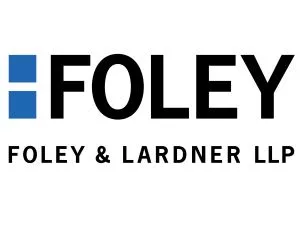- with readers working within the Banking & Credit industries
- within Criminal Law, Government, Public Sector and Insurance topic(s)
On October 8, California Governor Newsom signed AB 566, which adds a section to the California Privacy Protection Agency (CCPA) to require businesses that develop or maintain a website browser (that are subject to the CCPA) to support an opt-out browser signal to effectuate a consumer's right to opt-out of sales and sharing of their personal information and/or opt-out of the use of their sensitive personal information for purposes not enumerated in the CCPA. Unlike the 2024 AB3048, which Governor Newsom vetoed, the law defines a "browser" as an interactive software application used by consumers to locate, access, and navigate websites, and does not cover mobile operating systems.
The law requires the browser developers to:
- Include functionality that allows the browser to send the opt-out preference signal.
- Make the functionality easy to use and configure.
- Describe to the consumer how the browser signal works and what the intended effect of the signal is.
While the current CCPA requires website operators subject to the CCPA to comply with an opt-out preference signal, many browsers do not include the capability to send this signal. Without the ability to send the opt-out signal, consumers instead have to manually opt-out of the sale and sharing of their personal information manually on each website. The new law would make it significantly easier for consumers to exercise their rights by requiring that they be provided the ability to exercise their rights in a one-stop shop through a browser setting.
The law also provides a safe harbor for businesses that develop or maintain browsers that comply with the law, to not be liable for violations by website operators. The new law will go into effect on January 1, 2027.
Governor Newsom also signed
...
AB 566 by Assemblymember Josh Lowenthal, which helps
consumers exercise their opt-out rights under the California
Consumer Privacy Act by requiring browsers to include a setting to
send websites an opt-out preference signal to enable Californians
to opt out of third-party sales of their data at one time instead
of on each individual website.
The content of this article is intended to provide a general guide to the subject matter. Specialist advice should be sought about your specific circumstances.


